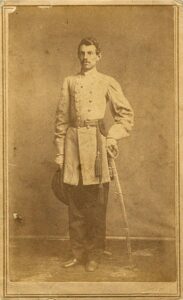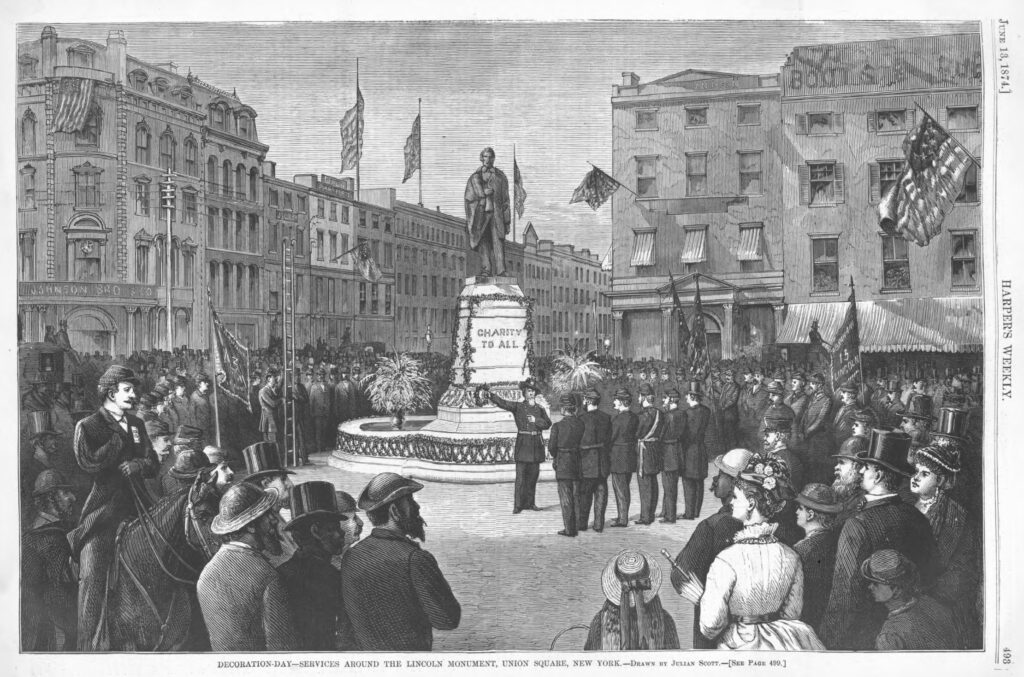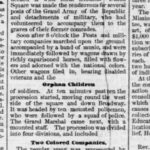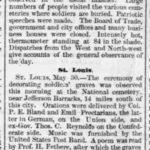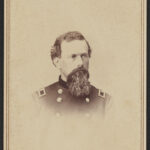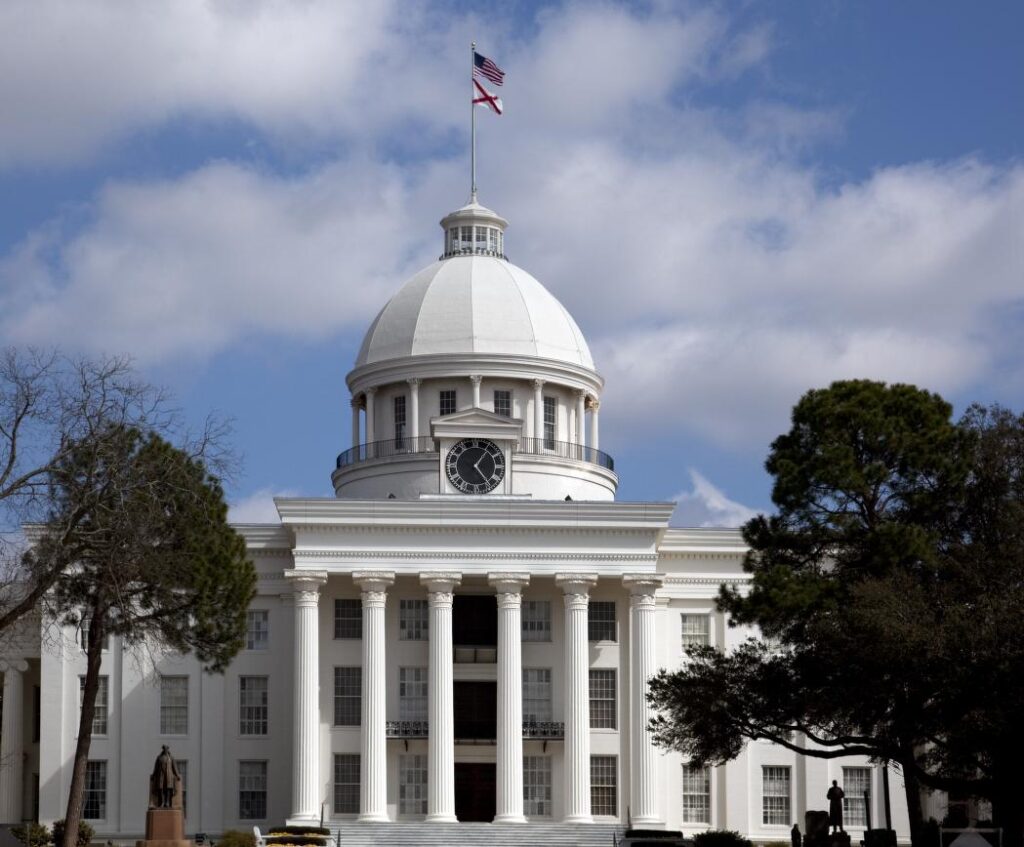According to a northern newspaper 150 years ago, that year’s Memorial Day was going to be more inclusive – Confederate dead would be honored along with those who fought for the Union. The paper saw a similar spirit in a speech from Montgomery, Alabama on Confederate Decoration Day . From the June 6, 1874 issue of Harper’s Weekly:
DECORATION-DAY.
THE observance of Decoration-day will this year be peculiarly marked by tender mention of the soldiers in gray. There has never been any tone of asperity or hostility in the memorial addresses, but affection and reverence were naturally given to those whose cause was also ours. The inclusion of the dead of the lost cause in the pious services of the day will be one of those little but powerful bonds that draw the whole country together for its healing. It was the forecast of this sentiment which led Mr. SUMNER to move the erasure of the names of domestic battles from the flags of the regular army; and he did so, it will be remembered, in the second year of the war. This fact will not be forgotten in the earnest addresses which this beautiful day always calls forth. But none of the orators will express this feeling of friendly union in respect for the memory of the dead of the war more eloquently than a soldier of the other side, Major THOMAS G. JONES, who said on the late Confederate Decoration-day in Montgomery, Alabama:
“And while we ponder thus the mind carries us Northward, where the tombs — not of our dead — are whiter than the sands of the sea and more numerous than the stars in the heavens. In them lie men of the same race as ourselves — who spoke the same language and worshiped the same God. Fond mothers sent them to battle, and tender tears and agonizing prayers watched their pathway. They followed a flag that was as dear to them as was to us the ‘star-crossed banner that has long since taken its flight to greet the warrior’s soul;’ and he that worthily speaks for the dead or living must say that no feeling of hate to the Northern dead, or those who mourn them, pervades this Memorial Day! One touch of pity makes the whole world kin. From scenes like this, where the warring sections mourn their dead, let the statesman draw inspiration to guide the living.”
In its June 13, 1874 issue Harper’s Weekly highlighted a feature of Decoration Day in New York City:
DECORATION-DAY.
LINCOLN POST, No. 13, was detailed by the Grand Army of the Republic to open the ceremonies of Decoration-day in this city about the statue of ABRAHAM LINCOLN in Union Square, as represented in our illustration on page 493. The members of the Post, with a large concourse of interested spectators, assembled in the square at sunrise. The base of the statue was completely hidden in fresh foliage and flowers, with which the vases recently placed around it were also filled; and in letters of flowers were displayed the memorable words, “With charity for all, with malice toward none,” which to all future time will speak the noble and generous nature of LINCOLN. The memorial ceremonies consisted of addresses and a solemn dirge, and closed with the crowning of the statue with a wreath of laurel.
Fortunately the day was unusually fine, and in every city, town, and village throughout the length and breadth of the country the people gathered to pay their touching and beautiful tribute to the dead.

